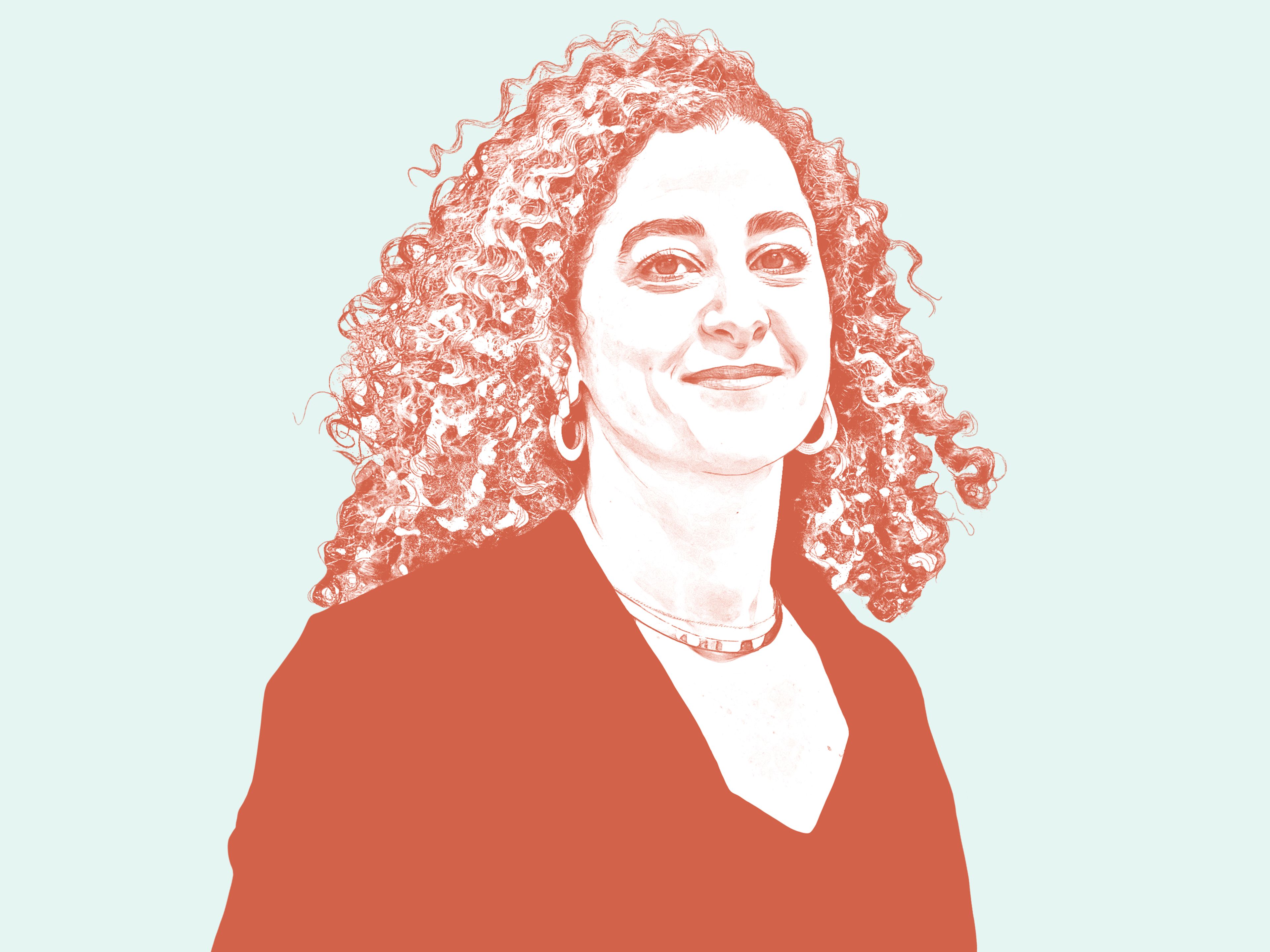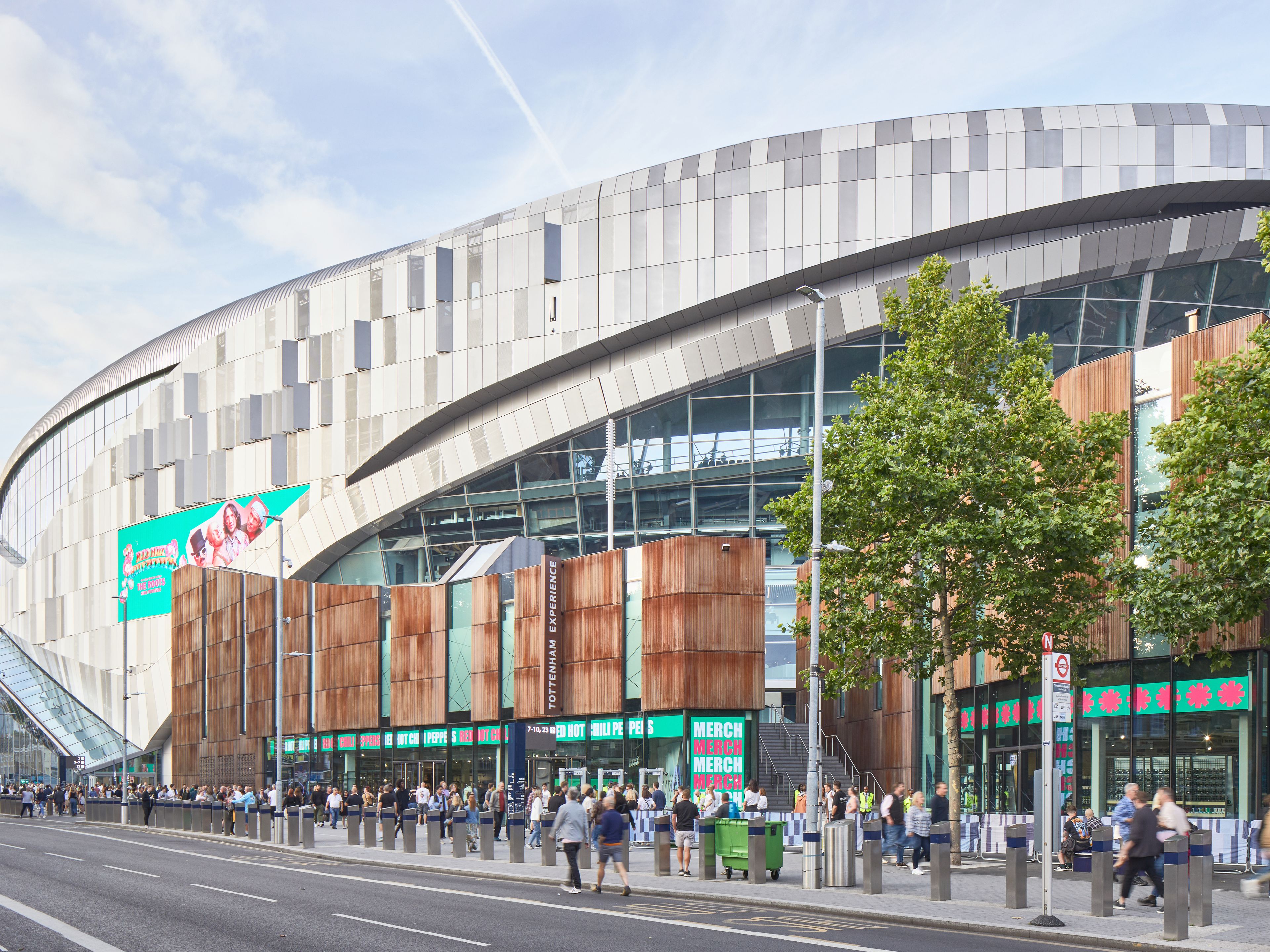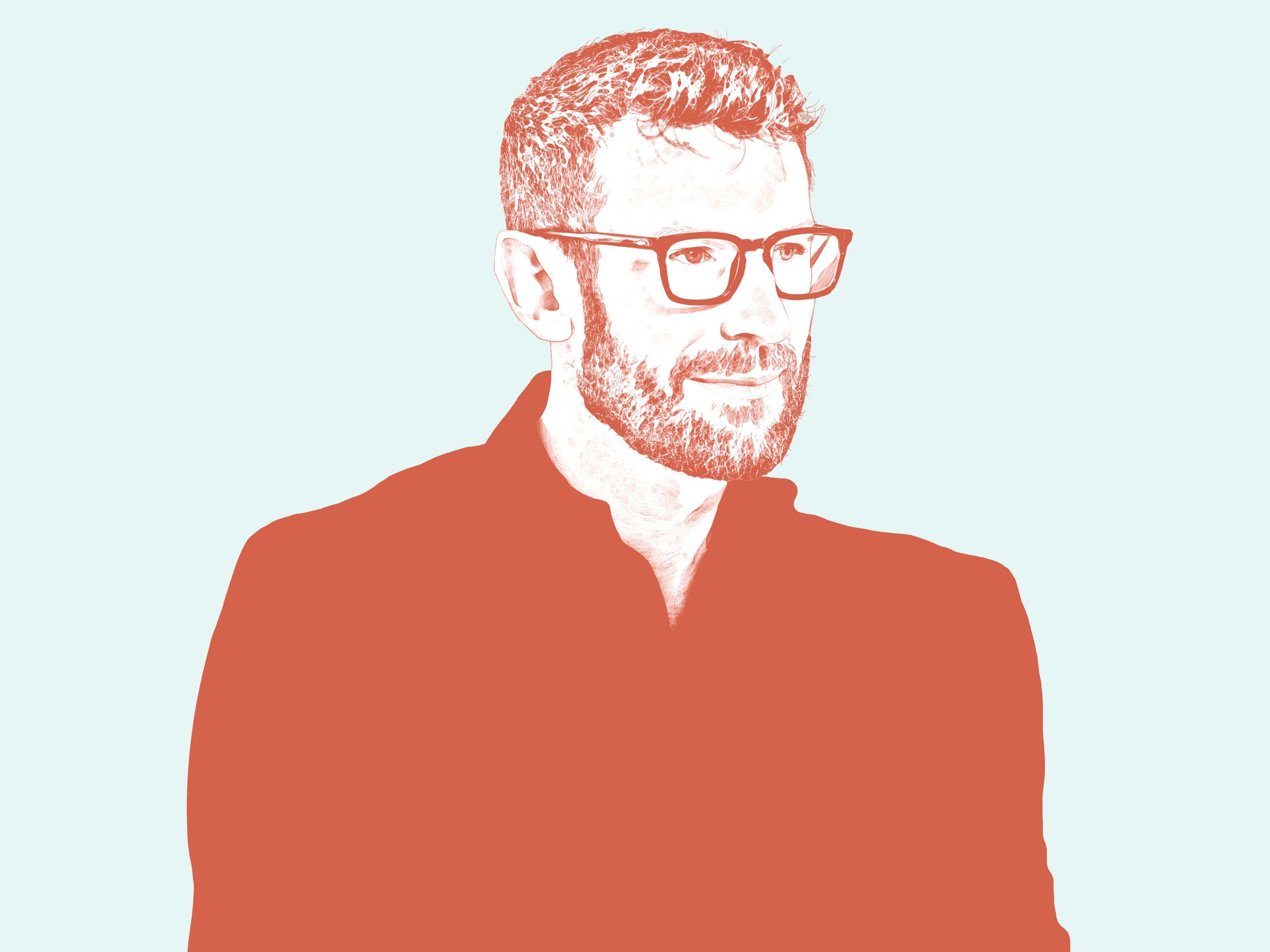Maker Sean Affleck explores the complexities of place and identity in urban design
Make’s approach to placemaking is grounded in legacy and context – a contrast to the commonplace desire to relinquish the past, rebrand, and create something shiny and new. We use the uniqueness of a site – its history and idiosyncrasies – to shape the sense of place in our urban design. By reconciling old and new, we can embed a familiarity that roots it and makes it memorable.
Towns and cities are complex constellations of experiences and memories, with identities that exist beyond their physical traits. We believe the identity of a place is best uncovered in conversation with local people. Involving communities in the process of renewal fuels local distinctiveness and culture; when a place emerges through co-creation, it’s more likely to feel like it belongs to the wider urban fabric.
“Involving communities in the process of renewal fuels local distinctiveness and culture.”
That said, separateness can grow over time, sometimes due to piecemeal planning, sometimes through evolution. Structures that once enabled communities can become restrictive and prohibitive as the city around them evolves. In Salford, Greater Manchester, for example, industrial-era rail and road infrastructure exists as fault lines in the urban grain, creating a patchwork quilt of disconnected island sites that breeds a sense of isolation. Our role here is to look beyond boundaries and reintegrate such sites with their surrounding communities, making them a living, breathing part of a greater whole. This is key to giving them a greater purpose and welcoming people back in.
We embark on each project with an open mind and fresh perspective rather than an off-the-shelf solution, taking cues from the environment, the local vernacular and the narratives they convey. Sometimes, when sites have been out of bounds for generations and swept clean of any distinguishing features, there’s little to draw from. But deep down, each place has a story to tell. Guided by history, opportunity, and the wants and needs of local people, we reimagine places by injecting new life.
On a defunct industrial site in Shanghai, for example, we’ve proposed a sequence of multi-sensory landscapes to connect the city with the river and create a verdant haven. And at Elephant Park, South London, a collection of mature trees serves as the foundation for a new community park, with green links stitching it into the wider area. In both locations, a dynamic blend of uses creates a destination – a draw beyond the immediate area.
“Meanwhile uses are an opportunity to question who the city belongs to.”
The experimental and the ephemeral are often the best-loved components of new developments. Meanwhile uses are especially valuable for exploring new ways to enjoy the city: a social enterprise on a development site, a natural swimming pond in the city centre, a cinema under a flyover. Founded on principles of urban generosity and informality, these projects can be unconventional, daring, even silly. They’re an opportunity to question who the city belongs to, allow citizens to temporarily take ownership of spaces that are normally off limits, and create a sense of place and identity well before a new development takes shape.
How we perceive place is a complex blend of history, present-day reality and personal sentiment. It’s important that we design for diversity and belonging, with the goal of allowing individuals to develop their own relationship with the places we create.
Tags
Authors
Sean Affleck is a Director at Make and leads the practice's Hong Kong studio. He's currently overseeing the design and delivery of a major mixed-use masterplanning scheme in Shanghai, China.


